Potted Bartlett Pear Tree, European Type
$48.99
SKU: Z3JVD 6751802228849 Category: Fruit & Nut Trees Tags: NEW_ITEM, Time to Fruit Production:2-3 Years, USDA Zone:6, USDA Zone:8
- Worry-Free Shopping with Safe Payments
- 7-Day Returns, 100% Quality
- Service with a smile, always online.
- Experience Quality, Shop with Us

Standard on Calleryana rootstock
- Zones: 5-9
- Chill hours: 500-600
- Bloom Time: Late Mid-Season (Based on typical Central Valley California weather)
- Harvest: August 1 – August 20
- Looks: High quality; beautiful yellow-gold skin.
- Personality: Worlds most popular pear. Enticing sweet, aroma when the pear is ripe.
- Facts of note: Its creamy, sweet and aromatic flesh is perfect for eating fresh, as well as for canning or adding to salads or desserts. Tolerates hot summers. The Bartlett Pear is one of the most popular European pears grown worldwide. The origin of the Bartlett could date back as far as the late 1400’s when “Bon Chretien” (Good Christian), a holy man named Francis of Paola, reportedly gave seeds of a delicious pear variety to King Louis XI. Some undefined lineage traces this offering to an English schoolmaster, Mr Wheeler in Aldermaston, England in the late 1760’s. John Stair acquired the Wheeler property and was excited about a seedling pear growing in the garden. Therefore there are some references to the variety being known as the Aldermaster pear or the Stair Pear. Stair sent off cuttings to Richard Williams, a Nurseryman in Turnham Green, England in the early 1800’s, and Williams released the Pear as The Williams Pear in 1814. James Carter imported the Williams Pear to Roxbury, Massachusetts in 1799. The trees were planted on the estate of Thomas Brewer which was later purchased by Enoch Bartlett. Bartlett did not know the origin of the variety and introduced it as Bartlett Pear. It quickly gained widespread attention and become a standard for pears in the US and Canada. In 1828, Williams Pear trees arrived from Europe. It was soon thereafter realized that Bartlett and Williams are the same variety. It was too late by then for the already established Bartlett pear name to be changed in North America, although there are many synonyms worldwide for the same delicious pear. Tree will begin to fruit in its 3rd year.
- Pollination: Self-fruitful in most western U.S. climates, elsewhere pollenized by Bosc or D’Anjou
For more information, please enjoy our
Resource Guide
for planting and growing potted trees.
Be the first to review “Potted Bartlett Pear Tree, European Type” Cancel reply
Related products
Fruit & Nut Trees
$27.99
Seasonal Plants & Flowers
$6.29
Seasonal Plants & Flowers
$7.34
Seasonal Plants & Flowers
$10.49
Seasonal Plants & Flowers
$2.79
Seasonal Plants & Flowers
$4.89
Seasonal Plants & Flowers
$19.59
Seasonal Plants & Flowers
$9.79


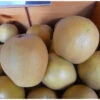

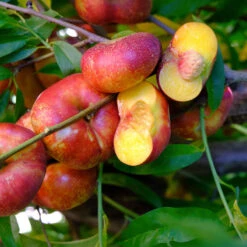

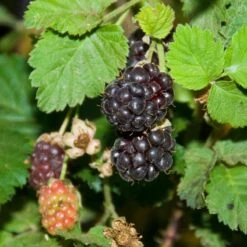
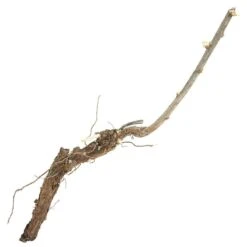

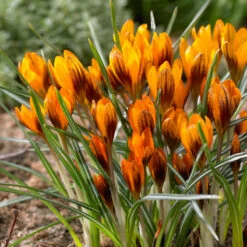


Reviews
There are no reviews yet.